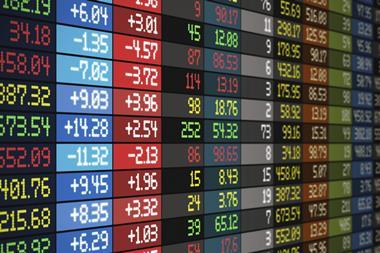High-frequency trading (HFT) can generate strong views. Does it actually perform a social good or is it just a scam?
Many academics have come out in support of HFT. Finance professor Venkatesh Panchapagesan argues in this article from 2016 that there is overwhelming empirical evidence that it has been largely beneficial to the markets. Prices have become more efficient, costs have gone down, and volumes have gone up, he says.
The argument that high-frequency trading increases liquidity in the market is misleading, however. There are many definitions and measures of liquidity. Being able to trade during sharp market movements is perhaps the most important, but that relies on having a diverse universe of counterparties, with some at least willing to buy when most are selling (and vice versa). High-frequency traders do not provide that.
Regulators are faced with responding to criticisms of HFT while ensuring that any regulations they make do not have unintended negative effects on markets themselves. For example, Panchapagesan points out that many studies identify HFT as exacerbating fragile market conditions, but not causing them (unless there is manipulation involved). Given this, he argues that regulators should address volatile periods through special trade rules rather than tightening HFT regulation in general.
A good example of this is the SEC in the US. After years of researching HFT, it introduced ‘limit up/limit down’ rules and stock-level ‘circuit breakers’ to lower the possibility of wild price swings without disrupting the normal functioning of the market.
Another concern Panchapagesan raises revolves around HFT’s unfair use of market infrastructure, and its faster access to data. Higher system usage, especially when it generates little value, clearly imposes a disproportionate cost on others. But, as he points out, how exchanges develop, maintain and fund their infrastructure should be their concern, provided the regulatory consequences of a breakdown are credible.
The driving force behind HFT, however, is getting faster access to information, essentially creating a natural monopoly in market data.
Michael Lewis in his book Flash Boys claimed that markets were rigged by traders willing to spend millions of dollars to get an edge in speed of just a few milliseconds. Lewis argues that HFT is essentially front running trades between institutional counterparties. They are not acting as market-makers by taking on opposite positions to counterparties wishing to trade – indeed, they are not taking any positions of their own at all.
Everyone apart from the closest trader is working with data that is ‘stale’, in the sense that someone else has been able to benefit from access to it first. Shaving milliseconds counts in this game, leading to the what seems the bizarre focus on spending huge amounts of money to locate computers closer to the exchange to increase speed by infinitesimal amounts.
One idea may end this game. Or rather, two: randomising entry times and introducing random order processing delays, known as ‘speed bumps’. Both of these would reduce the importance of time priority, and as a result eliminate the need to beat others on speed alone.
As Panchapagesan says, this will ensure some parity among traders, reduce perverse incentives for exchanges, and slow down this ‘winner takes all’ race to the bottom among HFT firms.
In India, the regulator is exploring whether this idea should be tested out with a pilot containing a few stocks before rolling it out to the broader market. It may be worth considering such a proposal for European exchanges as they also grapple with the issues around HFT.









No comments yet